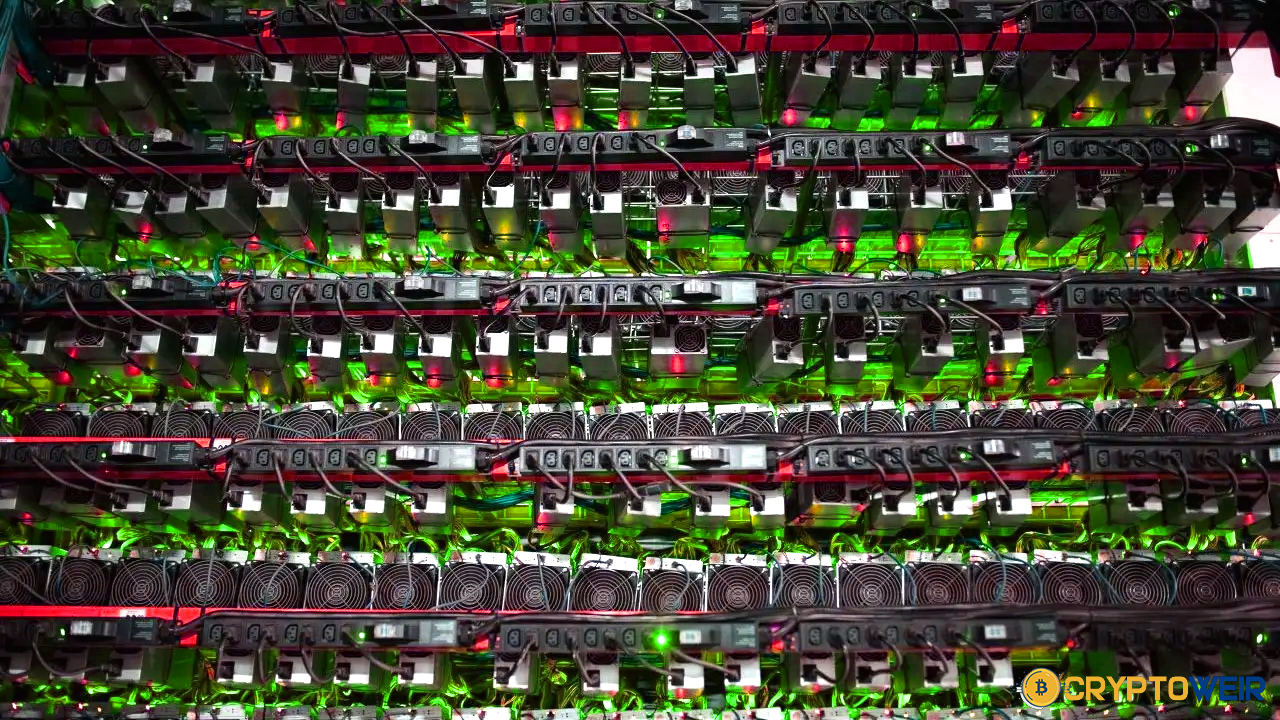3 Reasons Why Developers Should Create decentralised apps (dApps)

If you’re a Web3 developer, you’ve probably launched at least one decentralised app (dApp). Before doing that, you had to choose which blockchain or blockchains to put it on.
There are hundreds of different chains to choose from, such as private and permissioned, EVM and non-EVM, federated, proof of stake, and many more. Web3 developers now have a lot of options, including, in some cases, generous ecosystem grants, so it may seem strange to choose to make your app-specific chain.
Why would a development team want to do more work by making its chain when there are already so many to choose from? Even though a single developer or small team making a one-off app doesn’t need this, ambitious developers may want to make their own for good reasons.
Build Your Highway
During the first ten years of the 20th century, cars and horses shared the roads. The horse and carriage, which had been the way for gentlemen to get around for hundreds of years, gave way to the car. It was a time of chaos because the past and future of transportation were fighting for space on city streets and country roads.
So it is today with crypto networks, where a diverse range of fast and slow traffic crawls on-chain and slows down other users. Just as the rise of the car forced the building of new roads and the paving of old ones, the growth of Web3 is making block space more valuable.
Even though going to less popular chains can help you avoid the worst traffic, it’s, at best, a short-term solution. Some developers have decided to go it alone and build their app-specific blockchains so they don’t have to move every so often to a less crowded network.
Decentralised apps developers no longer have to keep track of what other projects are doing, like who’s using too much gas, which NFT mint is causing FOMO, and which new Ponzi scheme is sending transaction fees through the roof.
Storage and throughput are examples of network resources that are limited. Creating a dedicated app chain is one way to avoid the randomness of general-purpose chains for projects that are making dApps that are expected to be famous or where high performance is the most important thing.
There are three primary reasons, then, to build an app-specific blockchain:
- Lower gas fees
- Higher transaction speed
- Enhanced scalability
The App Chain Era Is Here
Building a blockchain to improve the user experience was formerly inconceivable. It may become commonplace. Developers can use custom tools like Ankr’s AppChains to create and maintain private chains. Its plug-and-play features help decentralised apps developers create a blockchain for their app. A highly flexible architecture permits programming languages, consensus techniques, development frameworks, and security features to match any industry or use case.
Making a custom chain used to be expensive and time-consuming, but now it’s easy and doesn’t cost much. Because of commoditisation, AppChains as a Service is now possible. That shouldn’t be a reason to go the app chain route, but it does make it easier.
Building dApps on Chains for Apps
Most app chains are connected to a central public chain and act as sidechains whose transactions can be fully settled on the leading network. Polygon Edge, Avalanche Subnets, and BNB Chain’s BAS were all made for this purpose. They give dApps the comfort of being part of a well-known and safe blockchain ecosystem while giving them their road to travel.
Avalanche says a Subnet is “a sovereign network that makes its own rules about who can join and how tokens work.” It comprises a dynamic subset of Avalanche validators who work together to reach a consensus on the state of one or more blockchains.
Read More: A Closer Look at Byzantine Fault Tolerance in Blockchain
There are many reasons to set up a Subnet or sidechain, including scalability, lower fees, and faster transactions. For example, it is possible to run a blockchain where all users, including validators, are KYC/AML compliant. This might not be interesting to DeFi users, but it benefits TradFi projects.
Other benefits include using a custom programming language (no more Solidity), a custom consensus mechanism, and VM. If speed is the most important thing to you, you can choose a chain optimised for speed above all else. If compliance is your top priority, you can focus on a verification layer, and so on.
Most developers of decentralised apps (dApps) don’t need their app chain to run their apps, at least not yet. But as economies of scale make it cheaper to produce more and developers create more apps that work together, don’t be surprised if app chains become the new norm.





